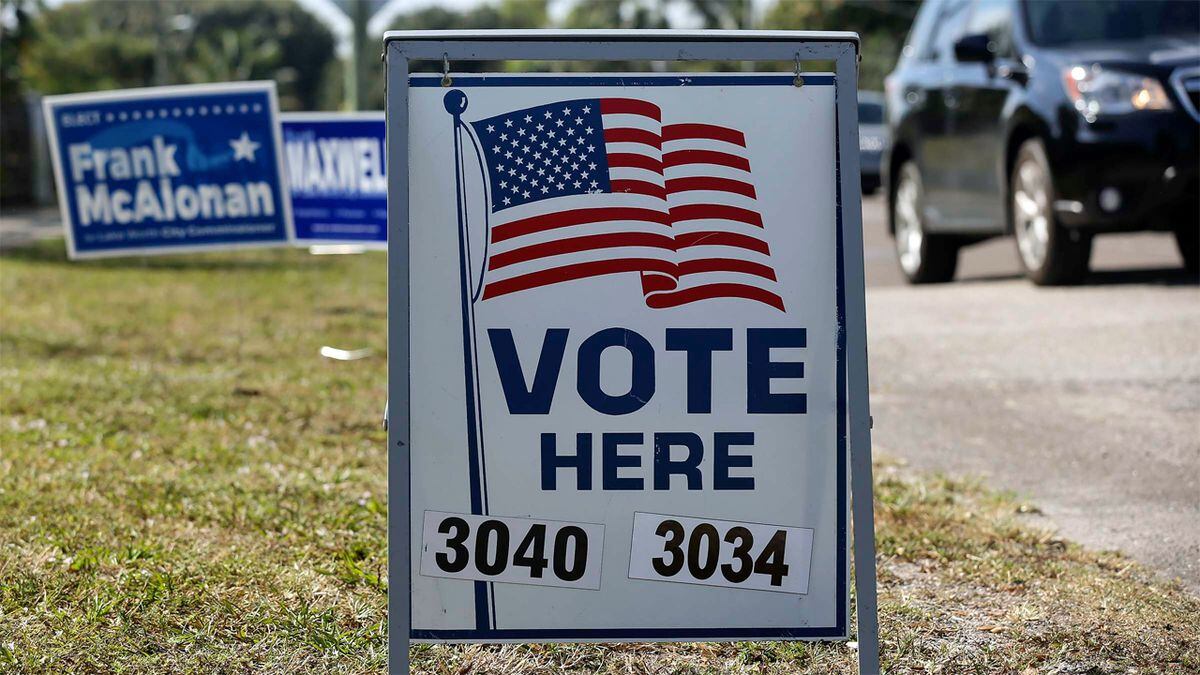

Only the House can originate revenue legislation, and only the Senate confirms presidential nominations and approves treaties, but the enactment of law always requires both chambers to separately agree to the same bill in the same form before presenting it to the President.īecause each chamber has the constitutional authority to make its own rules, the House and Senate have developed some very different ways of processing legislation, perhaps partially flowing from their constitutional differences. The two chambers are fundamentally equal in their legislative roles and functions. In the Senate, voters of each state elect two Senators, who serve 6-year terms that overlap (such that only one-third of the chamber is up for election in any given election cycle). Our system currently provides for a two-year term of office for House members from the 435 population-based districts.


Constitution grants all legislative powers to a bicameral Congress: a House of Representatives and a Senate that are the result of a “Great Compromise” seeking to balance the effects of popular majorities with the interests of the states.


 0 kommentar(er)
0 kommentar(er)
